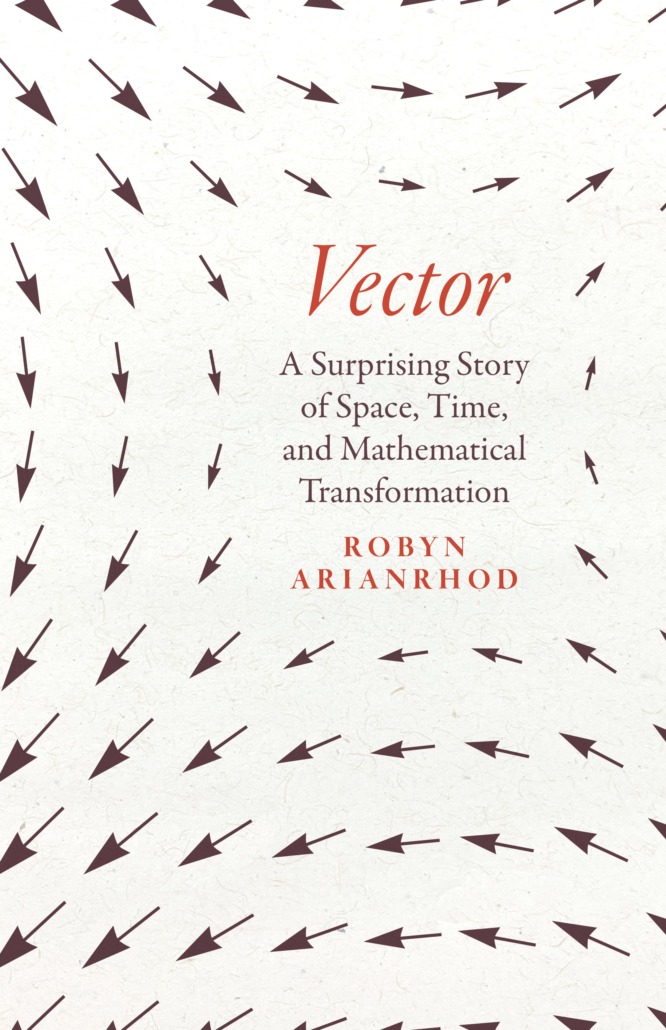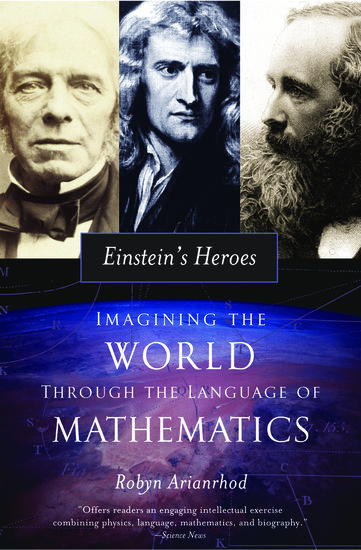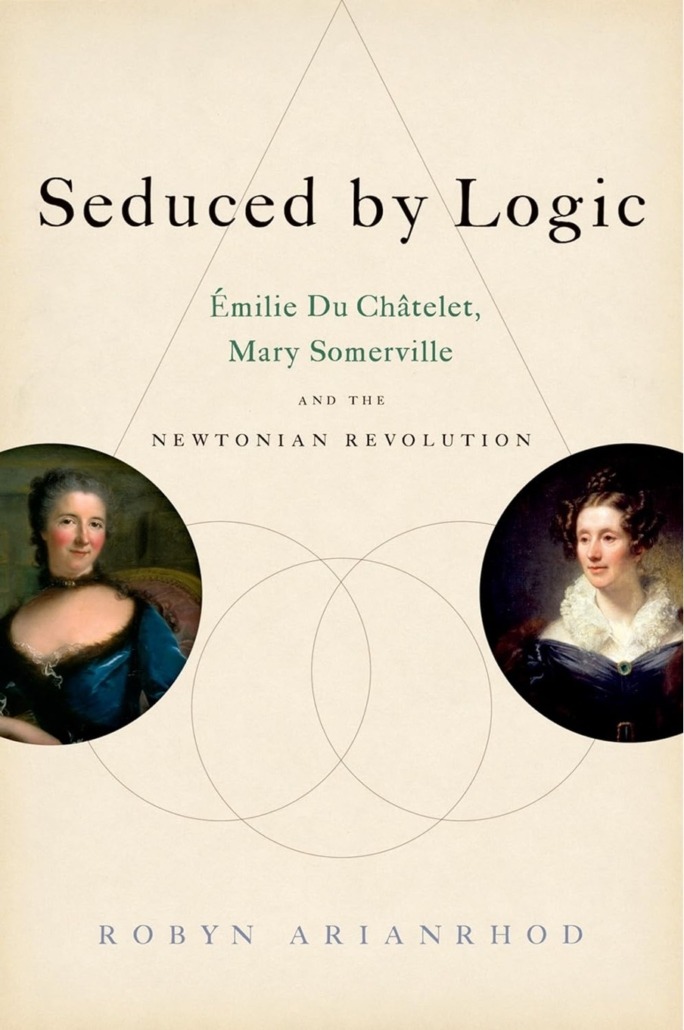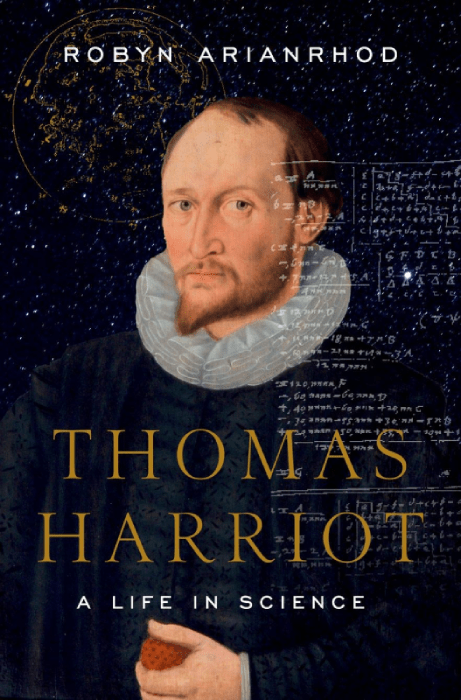Please scroll down to see all the books.
Vector
A Surprising Story of Space, Time, and Mathematical Transformation
A celebration of the seemingly simple idea that allowed us to imagine the world in new dimensions—sparking both controversy and discovery.
The stars of this book, vectors and tensors, are unlikely celebrities. If you ever took a physics course, the word “vector” might remind you of the mathematics needed to determine forces on an amusement park ride, a turbine, or a projectile. You might also remember that a vector is a quantity that has magnitude and (this is the key) direction. In fact, vectors are examples of tensors, which can represent even more data. It sounds simple enough—and yet, as award-winning science writer Robyn Arianrhod shows in this riveting story, the idea of a single symbol expressing more than one thing at once was millennia in the making. And without that idea, we wouldn’t have such a deep understanding of our world.
Vector and tensor calculus offers an elegant language for expressing the way things behave in space and time, and Arianrhod shows how this enabled physicists and mathematicians to think in a brand-new way. These include James Clerk Maxwell when he ushered in the wireless electromagnetic age; Einstein when he predicted the curving of space-time and the existence of gravitational waves; Paul Dirac, when he created quantum field theory; and Emmy Noether, when she connected mathematical symmetry and the conservation of energy. For it turned out that it’s not just physical quantities and dimensions that vectors and tensors can represent, but other dimensions and other kinds of information, too. This is why physicists and mathematicians can speak of four-dimensional space-time and other higher-dimensional “spaces,” and why you’re likely relying on vectors or tensors whenever you use digital applications such as search engines, GPS, or your mobile phone.
Vector Reviews
Einstein’s Heroes: Imagining the world through the language of mathematics
The Age non-fiction book of the year, shortlisted
The Victorian Premier’s Literary Awards (history), shortlisted.
Translations: French, Japanese, Korean, Turkish
Imagine you are fluent in a language so powerful that when you write it down, it mysteriously takes on a life of its own, beyond your thoughts or control. A magical language of prophecy, with which you can accurately describe things you cannot yet see or even imagine.
Einstein’s Heroes blends science, history and biography to take you on a journey of discovery about the phenomenon of mathematics – humanity’s universal language and one of our most amazing accomplishments.
It takes as its axis the lives and work of the brilliant scientists who inspired Einstein, particularly James Clerk Maxwell, Michael Faraday and Isaac Newton. Together Maxwell and Faraday settled a centuries-old physical dispute, which Newton had left in his majestic wake, and established mathematics as the ultimate arbiter of physical reality.
Untapped signifies the Australian Literary Heritage Project, which digitises culturally significant out-of-print Australian books. I was dismayed when UQP let my Einstein’s Heroes go out of print in Australia, so I’m delighted that Untapped has rescued it digitally, and Brio Books has published a new print edition, available here.






